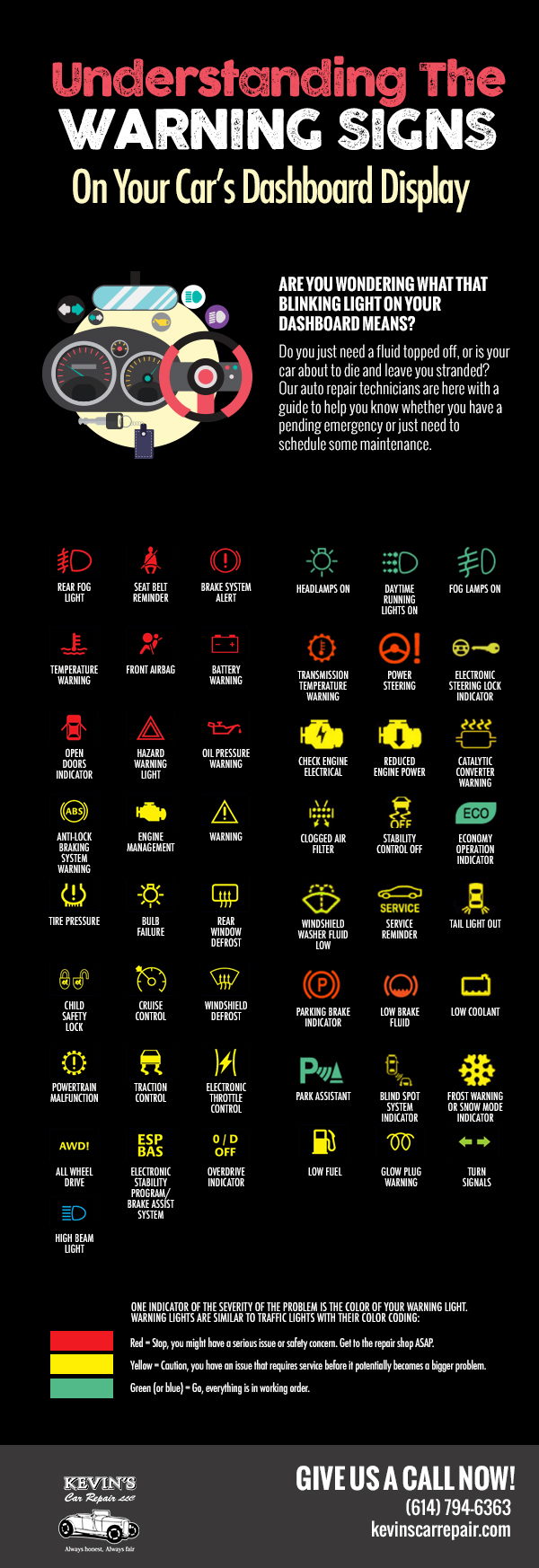Analyzing Your Automobile'S Alert Lights: Their Real Implications
Analyzing Your Automobile'S Alert Lights: Their Real Implications
Blog Article
Web Content Produce By-Vinson Corbett
When you're behind the wheel, those radiant warning lights on your dashboard can be a bit puzzling. Do you understand what they're attempting to tell you about your vehicle's health? Comprehending the relevance of these lights is vital for your safety and security and the long life of your car. So, best detailer following time one of those lights appears, would not you want to understand its message accurately and take the needed steps to address it?
Common Warning Lights and Interpretations
Identify common caution lights in your car and understand their meanings to make sure secure driving.
The most common warning lights include the check engine light, which signifies problems with the engine or discharges system. If this light comes on, it's essential to have your car inspected immediately.
The oil stress warning light shows reduced oil stress, needing immediate interest to stop engine damage.
A flashing battery light may recommend a defective billing system, possibly leaving you stranded if not attended to.
The tire stress monitoring system (TPMS) light informs you to low tire stress, affecting lorry stability and fuel performance. Neglecting ceramiccoatingnearme might result in dangerous driving problems.
The abdominal muscle light suggests a trouble with the anti-lock stopping system, jeopardizing your ability to quit rapidly in emergencies.
Last but not least, the coolant temperature advising light warns of engine getting too hot, which can lead to severe damages otherwise resolved quickly.
Understanding these common caution lights will certainly aid you attend to issues without delay and keep safe driving conditions.
Value of Prompt Attention
Understanding the typical caution lights in your cars and truck is only the initial step; the value of without delay addressing these cautions can not be emphasized sufficient to ensure your security on the road.
When a caution light illuminates on your dashboard, it's your automobile's way of interacting a possible problem that requires interest. Neglecting these cautions can lead to much more extreme problems in the future, endangering your safety and possibly costing you extra out of commission.
Prompt focus to cautioning lights can protect against failures and crashes. As an example, a blinking check engine light might suggest a misfire that, if left unattended, can cause damage to the catalytic converter. Addressing this promptly can conserve you from a pricey repair work.
In a similar way, a brake system advising light may indicate low brake liquid or worn brake pads, vital elements for your security when driving.
DIY Troubleshooting Tips
If you notice a warning light on your control panel, there are a few do it yourself repairing tips you can attempt prior to seeking specialist assistance.
The primary step is to consult your cars and truck's manual to recognize what the specific caution light indicates. Occasionally the concern can be as basic as a loose gas cap triggering the check engine light. Tightening the gas cap may solve the problem.
Another typical concern is a low battery, which can cause different warning lights. Inspecting the battery connections for corrosion and guaranteeing they're protected could take care of the issue.
If a warning light lingers, you can attempt resetting it by disconnecting the vehicle's battery for a couple of mins and afterwards reconnecting it. Additionally, checking your vehicle's fluid levels, such as oil, coolant, and brake liquid, can help fix cautioning lights related to these systems.
Verdict
In conclusion, recognizing your car's warning lights is essential for maintaining your car running efficiently and safely. By quickly attending to these informs and understanding what they imply, you can prevent costly fixings and potential malfunctions.
Remember to consult your auto's manual for specific details on each alerting light and do something about it accordingly to ensure a trouble-free driving experience.
Keep informed, stay safe when driving!
